Four major trends in 3C electronics and home appliances highlighted in…
main text
Four major trends in 3C electronics and home appliances highlighted in CPRJ Conference
With the theme “CMF, New Materials and New Processing in 5G era”, the 7th Edition CPRJ Plastics in 3C Electronics/Home Appliance Conference and Showcase was grandly held today (Sept 9) at the Venice Raytour Hotel Shenzhen, China.
The 1.5-day conference (Sep 9-10) is hosted by Adsale Publishing Ltd. (Adsale Group), organized by Adsale Plastics Network, China Plastic & Rubber Journal (CPRJ) and CPRJ International. It is co-organized by Shenzhen Polymer Industry Association and Industrial Design Society of Shunde and supported by Guangdong Industrial Design Association, Shenzhen Mobile Communications Association, Good & East Resourcing and CHINAPLAS.
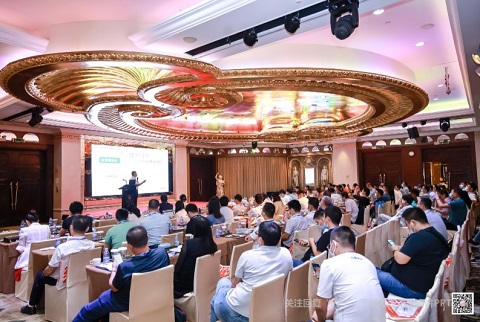
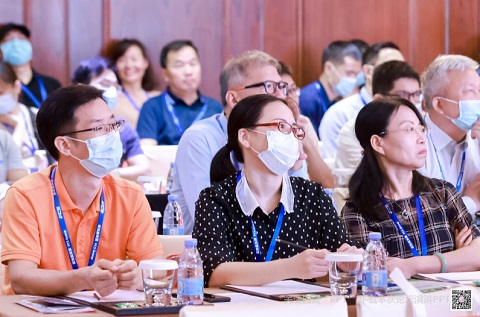
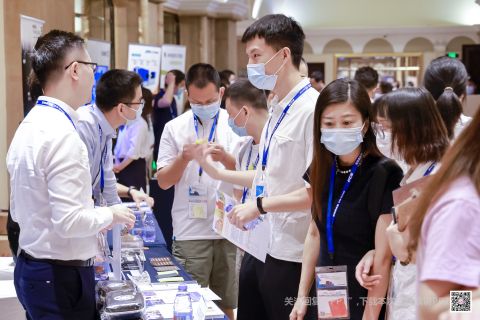
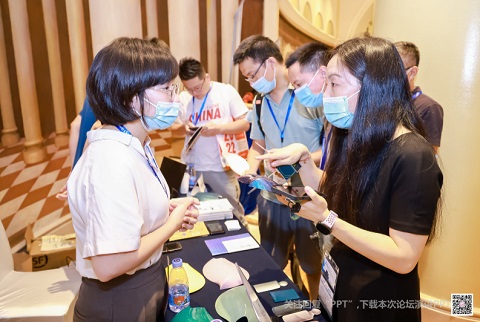
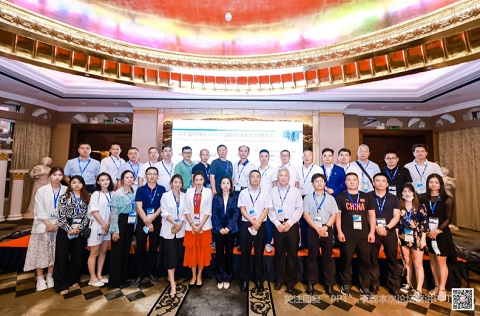
Janet Tong, General Manager of Adsale Publshing ltd. made her online welcome remarks, said, “Innovations of material and processing technology are accelerating the revolution of consumer electronics and home appliance, as well as the implementation of numerous creative designs.”
She also introduced that the some 20 inspirational presentations of today focused on such topics as new consumer electronics "lifestyle”, sustainable material solutions, melt sequential injection molding technology and trends of material innovation in laptops.
Rise of new consumerism reshapes design
Diverse and energetic design ideas of 3C electronics and home appliances are driven by the pursuit of appearance, “Guochao” culture, post-COVID-19 era impact, sustainability and new consumer behavior.
“China is striving to become a leader in global home appliance technology innovations,” Zhou Hongshi, Executive Vice President of Guangdong Industrial Design Association, stated in his speech.
“The innovations have focused on smart technology and creative design in recent years. Through different application scenarios, more visualized smart end-products have been brought to the market, influencing the entire industry and consumer experience,” he remarked.
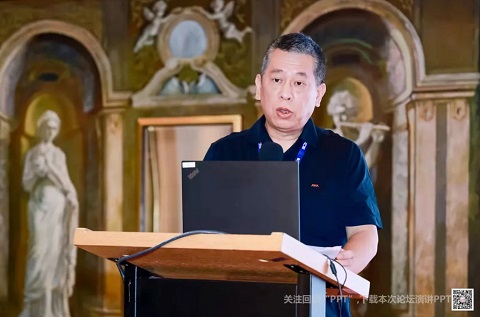
Zhou Hongshi, Executive Vice President of Guangdong Industrial Design Association.
Presenting the development of mobile phone in China, Yu Jingwei, Secretary General of Shenzhen Mobile Communications Association, concluded that there are four major bases of China’s mobile phone industry: the Pearl River Delta (with representatives include Huawei, VIVO and OPPO); Henan (the representative is Apple); Western Chongqing (with facility of OPPO and VIVO); Yibin, Sichuan (with integrated industrial chain across upstream and downstream secors).
According to him, the mobile phone production capacity of China is 1.8 billion per year, of which more than 70% is for export. For those consumed in domestic market, 94% is dominated by OPPO, VIVO, Huawei, Apple and Xiaomi.
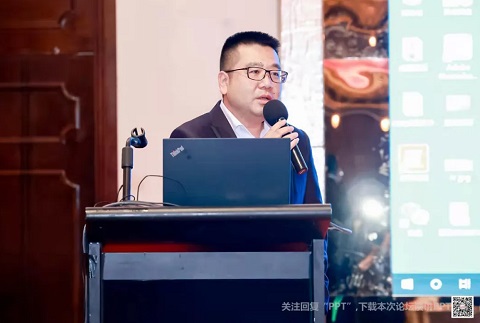
Yu Jingwei, Secretary General of Shenzhen Mobile Communications Association.
In his sharing, Bob Su, Founder & CEO at Shenzhen Augmented Reality Technology Co., Ltd., mentioned that the current bottleneck in the development of mobile phones is the conflict between an increasing computing power and a small screen.
He believes AR glasses can solve the conflict in the future. Nevertheless, there are currently four challenges for AR glasses to become a meaningful consumer product, including network infrastructure, lightweighting, AR operating system and upgrade of AR interactive technology.
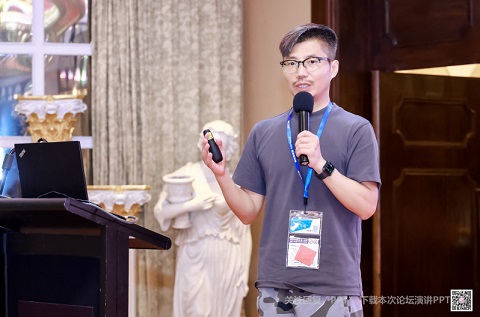
Bob Su, Founder & CEO at Shenzhen Augmented Reality Technology Co., Ltd.
Meanwhile, Tity Li, CMF Director at Gree Electric Appliances, Inc. of Zhuhai, discussed the increasing connection between home appliances and home. She noticed that the post-90s generation has become the main consumer, bringing new opportunities and requirements for product development of home appliances.
Besides, “green design” is gaining more attention due to the increase of consumers' awareness of environmental protection and the rise of “Guochao” culture, she added.
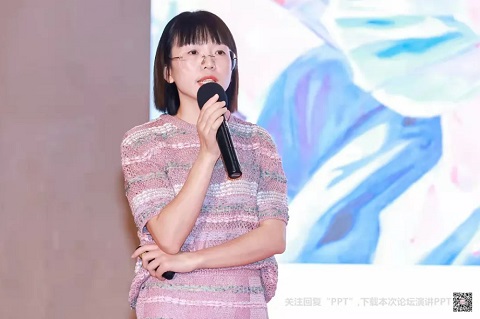
Tity Li, CMF Director at Gree Electric Appliances, Inc. of Zhuhai.
Sustainable and high-performance materials in demand
For both home appliances and 3C electronics, the requirements for materials are basically related to health and environmental protection (e.g. flame retardant, antibacterial, biodegradable, low VOC), aesthetics (e.g. lightweighting, colorful) and cost-effectiveness (e.g. energy saving, cost reduction).
Talking about the market situation of small home appliances, Yang Jie, Advanced Research Engineer at Midea Consumer Electric Manufacturing Co., Ltd., took cooking category as an example and pinpointed 10 important trends, for example, indolent lifestyle, high-efficiency products, multi-functional pot, cooking products for social sharing and pet food cooking.
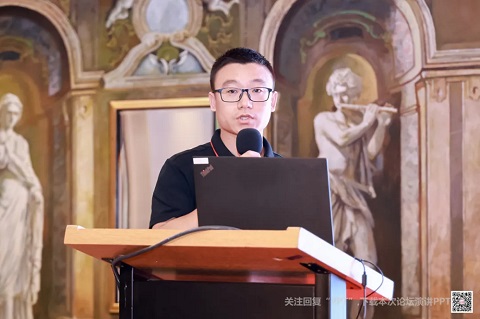
Yang Jie, Advanced Research Engineer at Midea Consumer Electric Manufacturing Co., Ltd.
At the conference, David Gao, General Manager, Plastics Compounds Department, Lightweight Materials BU of Sinochem International Corporation, mentioned that ABS materials are widely used in the home appliance industry. As innovation and R&D of the materials are abundant, Elix Polymers, a subsidiary of Sinochem, therefore provides standard products based on ABS resin as well as other customized product solutions to meet the needs of the home appliance market.
In particular, he introduced the newly launched high-flow grade ABS product 118HF of ELIX Polymers, which has very good balance between impact resistance and fluidity. The product can also help weight reduction and is suitable for forming large-size parts and thin walls.
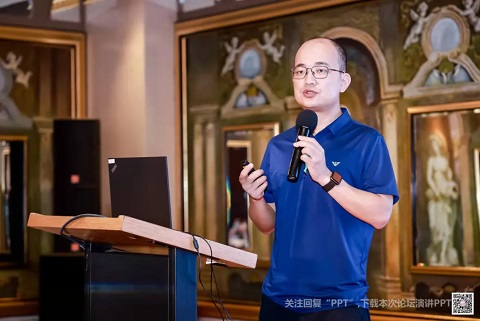
David Gao, General Manager, Plastics Compounds Department, Lightweight Materials BU of Sinochem International Corporation.
Regarding 5G applications, Dr. Huang Huan-Chu, Vice General Manager for Hardware Development of Cellular Phones at Shenzhen Baoneng Communication Technology Co., Ltd., emphasized that 5G millimeter-wave bands require a more complex solution of the antenna structure when compared to 4G communications.
Traditional CMF design and materials, such as plastics, glass, ceramic and metal, are difficult to be directly applied to the case or frame of 5G mobile phones, however, among these materials, plastic is more beneficial to the application of 5G millimeter wave band, just its thickness needs to be improved by innovative technologies, he explained.
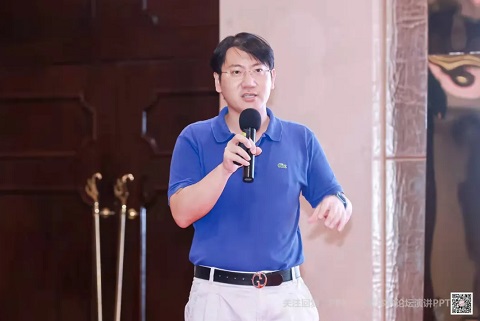
Dr. Huang Huan-Chu, Vice General Manager for Hardware Development of Cellular Phones at Shenzhen Baoneng Communication Technology Co., Ltd.
Andy Chen, Director of JEA Technology Marketing Center at Dongguan JEA Polymer Technology Co., Ltd., shared the precautions for thermoplastic elastomer encapsulation processing technology. For instance, 2K molding is better than 2-step molding, the mold temperature should be as high as possible when rigid plastic is used as the mold cavity of the insert, and moisture absorption or stain on rigid plastic surface should be avoided – especially during 2-step molding.
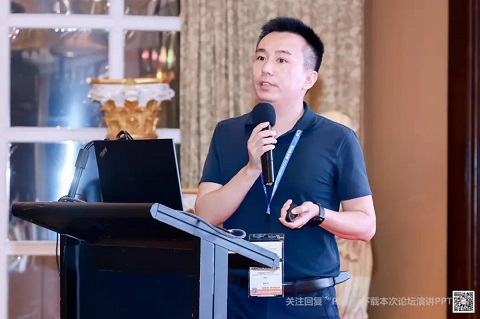
Andy Chen, Director of JEA Technology Marketing Center at Dongguan JEA Polymer Technology Co., Ltd.
Stable and precise processing for production
Xie Yumeng, Engineering Manager of LK Group, noted that the demand for large products and deep cavity parts is increasing. He also emphasized that large output of small sized home appliance accessories requires high stability in production, as well as energy saving.
He introduced LK Group’s Forza two-platen machine, which reduces the degradation of plastics caused by the stagnation in the melt cylinder as well as decreases the downtime cost for cleaning the melt cylinder. The machine is equipped with proper screw to effectively ensure the plasticization quality and the precise control of injection.
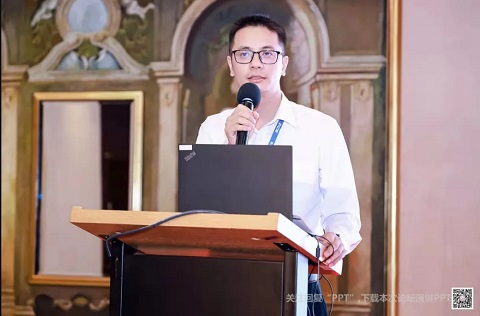
Xie Yumeng, Engineering Manager of LK Group.
In his presentation, Rocks Yuan, Sales Engineer - Injection Molding at Shanghai KraussMaffei Machinery Co., Ltd., pointed out that large production output, lightweight and rapid generation changes are some of the characteristics of the current 3C electronics industry. Moreover, the production and manufacturing are more automated and intelligent with the application of new processing and new materials. That means precise control is needed to achieve stable and efficient injection molding, which can be achieved with the support of precise molds and sophisticated processing.
Therefore, the second-generation of KraussMaffei's all-electric PXA is equipped with 5-point double crank structure and large mold, ensuring the process stability, low scrap rate, less maintenance work, and reduced production costs.
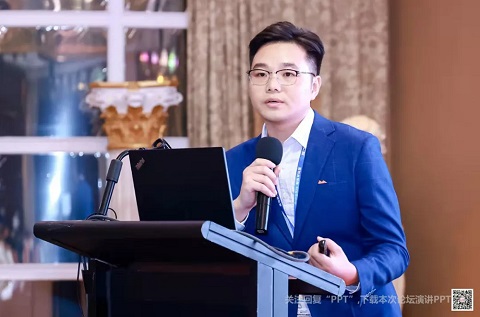
Rocks Yuan, Sales Engineer - Injection Molding at Shanghai KraussMaffei Machinery Co., Ltd.
Wang Da, Kiefel Regional Director China at Brueckner Group China Co., Ltd., presented Kiefel thermoforming equipment's technology innovation for refrigerator liner. Through a reliable chain transmission system, the thermoforming equipment performs energy saving and better material distribution, so as to save costs. In addition, adjustment of both the upper and lower heating bricks, easy setting of parameter, laser detection of foaming height can be done by the equipment.
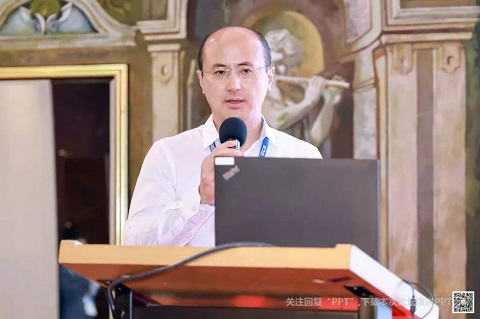
Wang Da, Kiefel Regional Director China at Brueckner Group China Co., Ltd.
Tapping the huge potential of recycled materials
After the policies about carbon neutrality and carbon emission peak have been implemented in China, more and more 3C electronics and home appliance manufacturers are making effort in increasing the sustainability of their products, such as increasing the content of recyclable materials.
Wang Wenguang, Executive Vice President & Secretary General of Shenzhen Polymer Industry Association, stated that manufacturers can adopt bioplastics, CO2-based plastics, recycled plastics, inorganic-filled plastics, and microcellular foam plastics.
Specifically, recycled plastics save energy consumption in synthesis and reduce emissions by 40% while bioplastics lowers emissions by 20%. For inorganic-filled plastics, their inorganic part does not emit and even absorb CO2.
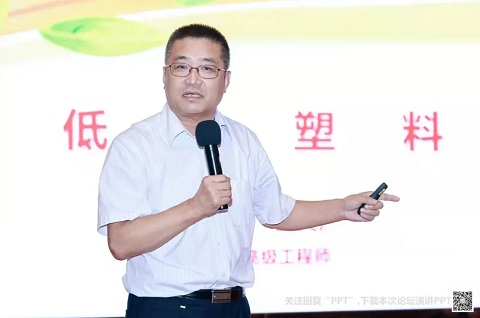
Wang Wenguang, Executive Vice President & Secretary General of Shenzhen Polymer Industry Association.
Steven Song, Lead Scientist of Market Development and Technical Supports Petrochemicals, SABIC Greater China, SABIC, pinpointed that SABIC’s TRUCIRCLE series solutions have been progressively applied to 3C electronic products in order to help save energy and reduce emissions.
For instance, the modified material XENOY PC/PET is a mixed material containing 20% rPET and PC, which can reduce carbon footprint by 7% and energy consumption by 11% when compared to virgin materials.
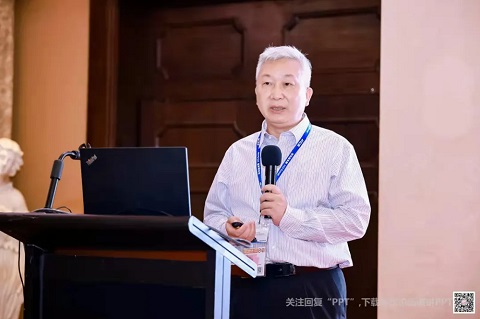
Steven Song, Lead Scientist of Market Development and Technical Supports Petrochemicals, SABIC Greater China, SABIC.
Source : https://www.adsalecprj.com/en/news_show-74544.html
Edit : HANDLER
- PreviousE-mobility drives development of engineering plastics and composites 21.09.21
- NextAuto industry sees plastic composites in an EV future 21.09.21
